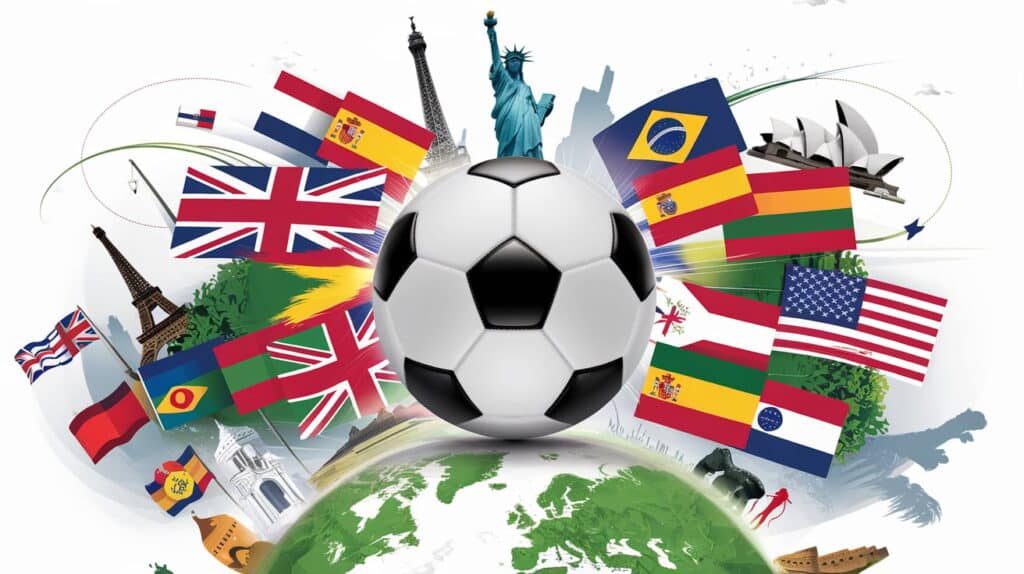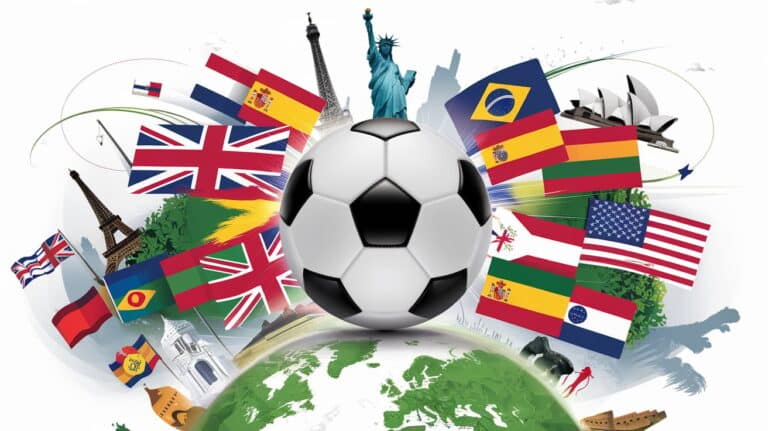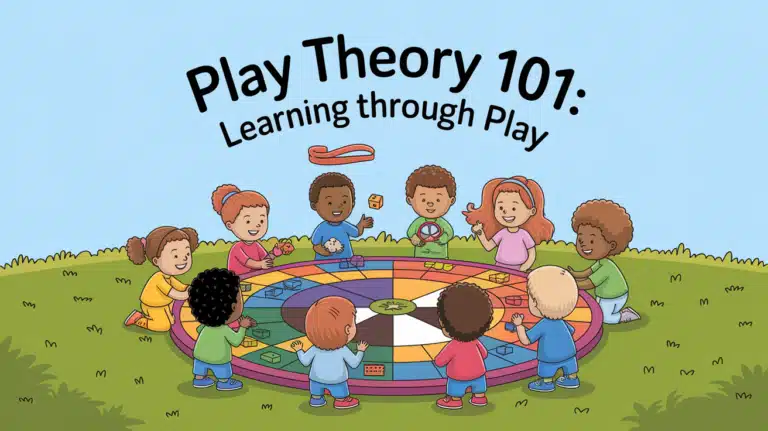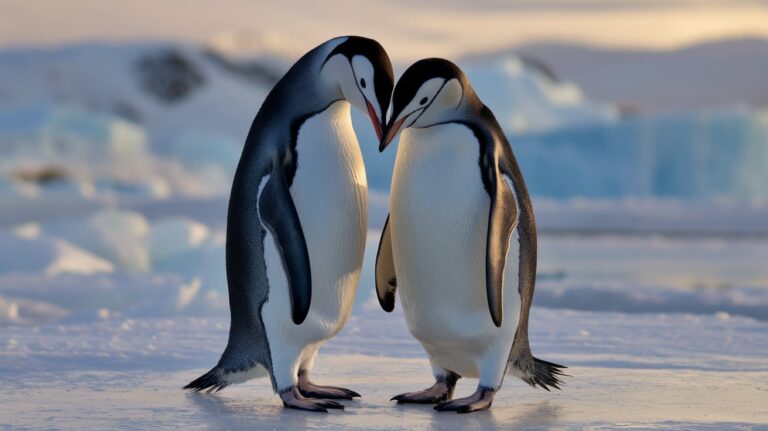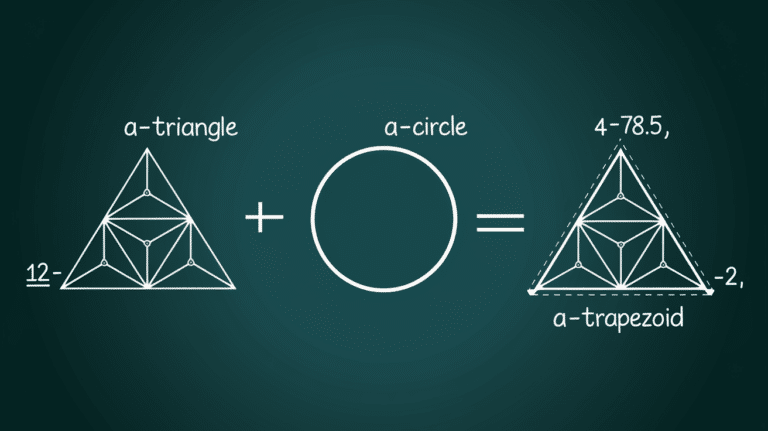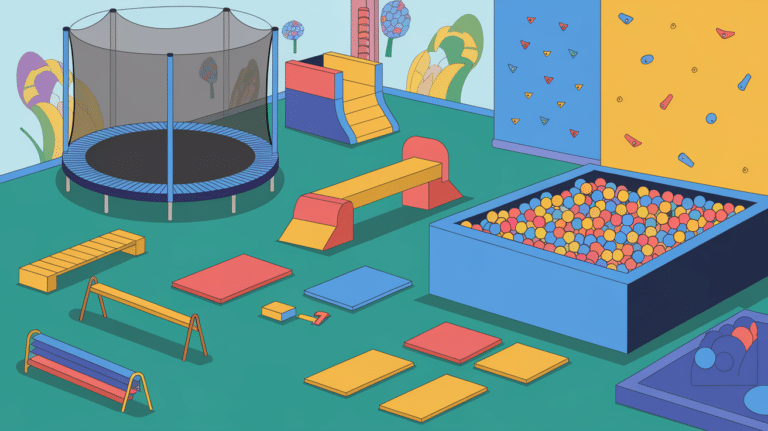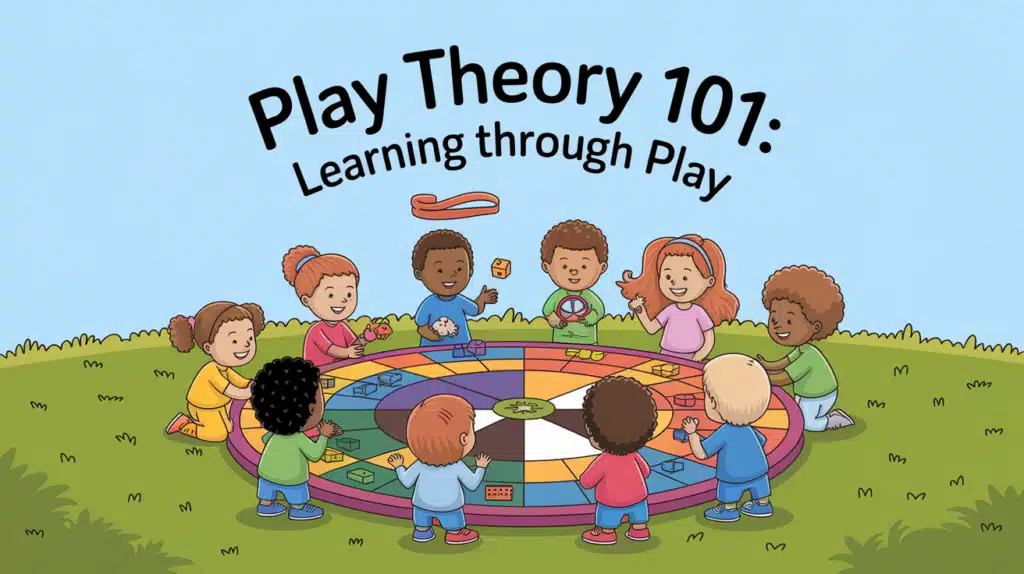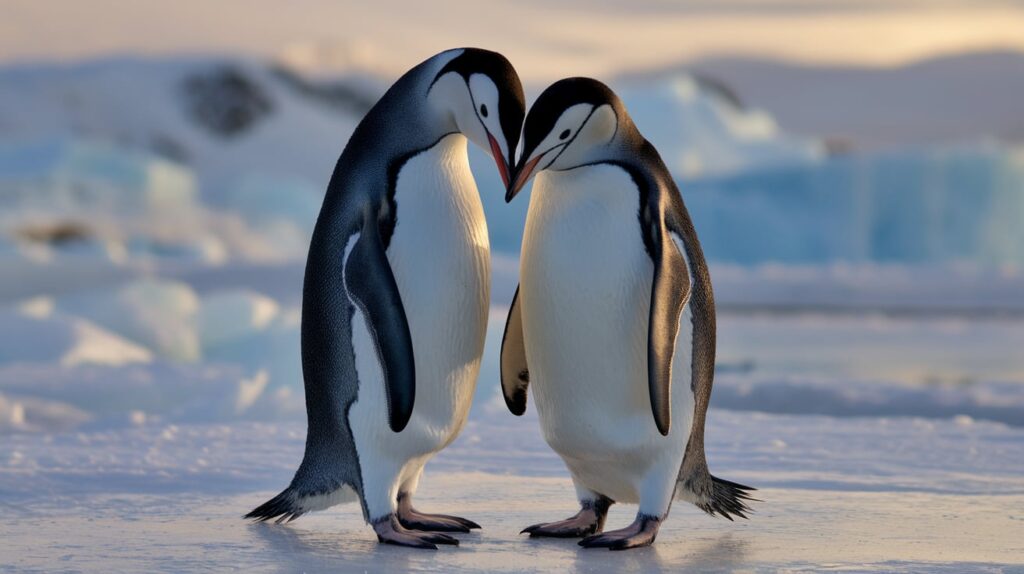Did you know a single sport connects over 3.5 billion people worldwide? Soccer, the game that began with simple kicks in ancient China, now brings together people across all continents.
Many wonder about soccer’s origins and how to spell “soccer” in different languages around the world. This blog will teach you soccer’s fascinating history from its ancient roots to modern FIFA tournaments.
You’ll learn how the sport spread globally, why some spell soccer as “football” while others keep it as “soccer,” and even how eco-friendly equipment is changing the game today.
Join us as we introduce you to the world’s most popular sport in ways you might never have considered.
How to Spell Soccer: Global Soccer Terminology Explained
How to Spell Soccer
The sport is spelled differently worldwide: “football” (UK, most of Europe), “fútbol” (Spain, Latin America), “calcio” (Italy), and “soccer” (US, Canada, Australia).
Countries with other popular “football” sports use “soccer” to avoid confusion. Those without competing sports call it “football.”
The word “soccer” came from England as short for “association football” but stayed mostly in places with other football typ
The Origins of Soccer
Soccer has deep roots in many ancient cultures. In China, a game called Cuju was played as far back as the 3rd century BCE, with players kicking a ball into a net.
In Ancient Greece and Rome, games like Episkyros and Harpastum involved kicking and handling a ball. The Mayans and Aztecs also had ball games, though these were often linked to religious ceremonies.
The modern version of soccer began to take shape in medieval England. By the 12th century, various forms of “folk football” were common, with whole towns playing massive games with few rules.
These games were often rough and sometimes banned for causing too much chaos.
In the 19th century, English public schools created clearer rules for the game.
A key moment came in 1863, when the Football Association was formed in London. This body set up standard rules for what would eventually become today’s soccer. This split the sport from rugby, which allowed handling the ball.
FIFA (Fédération Internationale de Football Association) was formed in 1904 by seven European nations. It has grown to include 211 member countries.
FIFA runs the World Cup, first held in 1930, which has become the world’s most watched sporting event. Through its rules and tournaments, FIFA has helped make soccer truly global.
Soccer Across Continents
Soccer spread from England to the world in the late 19th and early 20th centuries. British workers, sailors, and teachers brought the game with them as they traveled.
In South America, British railway workers introduced soccer to Argentina in the 1860s. In Brazil, Charles Miller, a Brazilian-born man educated in England, brought back balls and rule books in 1894.
Uruguay and Argentina became early soccer powers, with Uruguay winning the first World Cup in 1930.
In Europe, soccer took hold as international matches began in the 1870s. The first was between England and Scotland in 1872.
By 1900, most European countries had national teams and leagues. Each region added its style—Italy focused on defense, while Spain and Portugal became known for skilled passing.
European colonial powers also spread soccer to Africa and Asia. In Africa, soccer often became linked with movements for freedom from colonial rule.
In Asia, countries like Japan and Korea first learned soccer from European teachers but later built their own strong soccer cultures.
The Name Game – Soccer or Football?
The terms “soccer” and “football” have an interesting history. The word “soccer” actually started in England in the 1880s as slang for “association football” to tell it apart from “rugby football.”
Students at Oxford University liked to add “-er” to words, so “association” became “assoc” and then “soccer.”
When the game spread to the United States and Canada, the name “soccer” stuck because these countries already had their popular sport called football (American football).
Australia also uses “soccer” because of Australian rules football.
Most of the world uses some version of “football.” In Spanish-speaking countries, it’s “fútbol.” French-speaking areas say “football” or “le foot.” Italians call it “calcio,” from their medieval version of the game. Germans say “Fußball.”
The naming difference often shows which sports are most popular in each country.
Places with other major sports called “football” (like the U.S., Canada, and Australia) tend to say “soccer.” Most other countries call it “football” because it’s played with the feet and a ball.
Cultural and Global Impact of Soccer
Soccer’s Role in Society
Soccer unites communities worldwide. Billions watch the World Cup together while local matches build neighborhood bonds.
The sport creates a $40 billion global market with millions of jobs. From stadium staff to merchandise makers, soccer feeds families worldwide.
For youth in poor areas, soccer offers chances for better lives while teaching teamwork and health. In times of conflict, the sport helps heal divides by creating shared experiences across borders and differences.
FIFA and the Global Governing Body
FIFA runs soccer globally with 211 member nations. It creates rules, settles disputes, and grows the sport worldwide.
The World Cup, held every four years since 1930, attracts 3.5 billion viewers. The Women’s World Cup (started 1991) gains fans each tournament. FIFA also manages youth, beach, and indoor futsal competitions.
Despite past money troubles, FIFA holds major sway in sports, business, media, and international relations.
Eco-Friendly Soccer Equipment
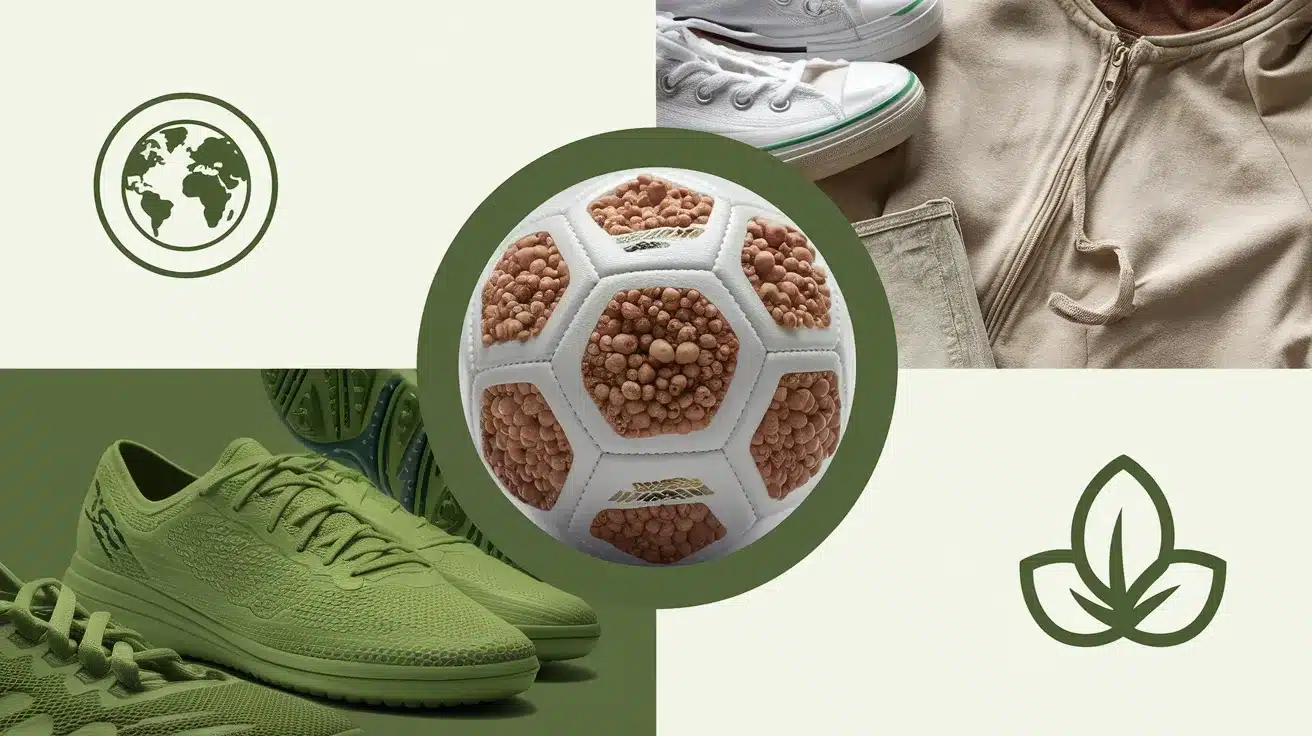
The Rise of Eco-Conscious Sports
Sports equipment production often uses lots of plastic and harmful chemicals. Each year, millions of soccer balls end up in landfills, taking decades to break down.
More players now want gear that is good for the planet. Companies like Eco Sports, Senda Athletics, and Fair Trade Sports make balls, shoes, and clothing with the earth in mind.
These items use natural rubber, organic cotton, and water-based glues instead of typical synthetic materials.
Major brands have noticed this shift. Nike’s “Move to Zero” plan aims to cut waste and carbon output. Adidas now makes shoes from ocean plastic and balls from plant-based materials.
How Sustainable Soccer Equipment Can Make a Difference
Many eco-friendly soccer balls use biodegradable materials that break down naturally when thrown away. These include natural latex rubber instead of synthetic rubber, which comes from petroleum.
Recyclable materials help, too. Some companies take old balls and turn them into new ones or other products. This “closed loop” approach keeps items out of trash heaps.
Non-toxic glues and dyes matter as well. Traditional soccer balls often contain chemicals that can leak into soil and water. Eco-friendly options use plant-based or water-based alternatives that won’t harm people or animals.
The math adds up quickly: If a soccer league with 1,000 players switches to eco-balls, it could keep 250-500 pounds of non-biodegradable waste out of landfills each year.
Small choices by many players create big positive changes for our planet.
Summing Up
Soccer’s story spans thousands of years, connecting ancient ball games to today’s global phenomenon watched by billions.
We’ve seen how it grew from rough town games in medieval England to a structured sport that spread worldwide through travel and trade.
How people spell soccer varies greatly. “Soccer,” “football,” “fútbol,” or “Calcio” each tells us something about local history and culture.
Beyond just a game, soccer creates jobs, builds communities, and even helps heal divides. As the sport moves forward, eco-friendly equipment shows how soccer continues to change with the times.
This simple game of kicking a ball has truly become a worldwide language, no matter how you spell soccer in your part of the world.

